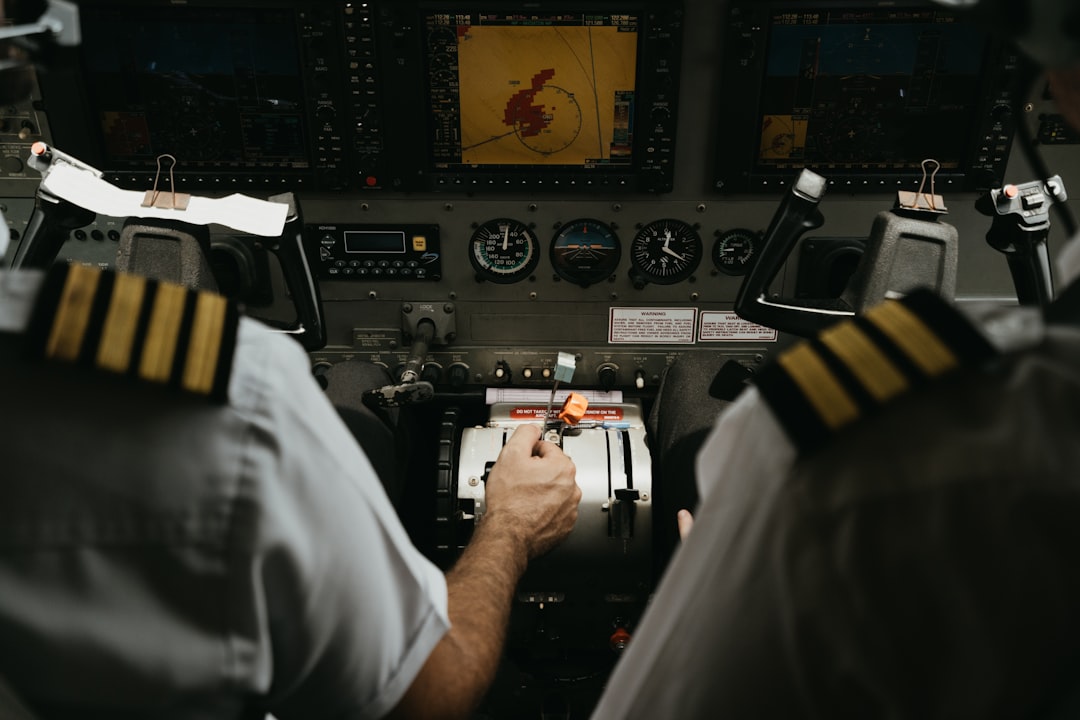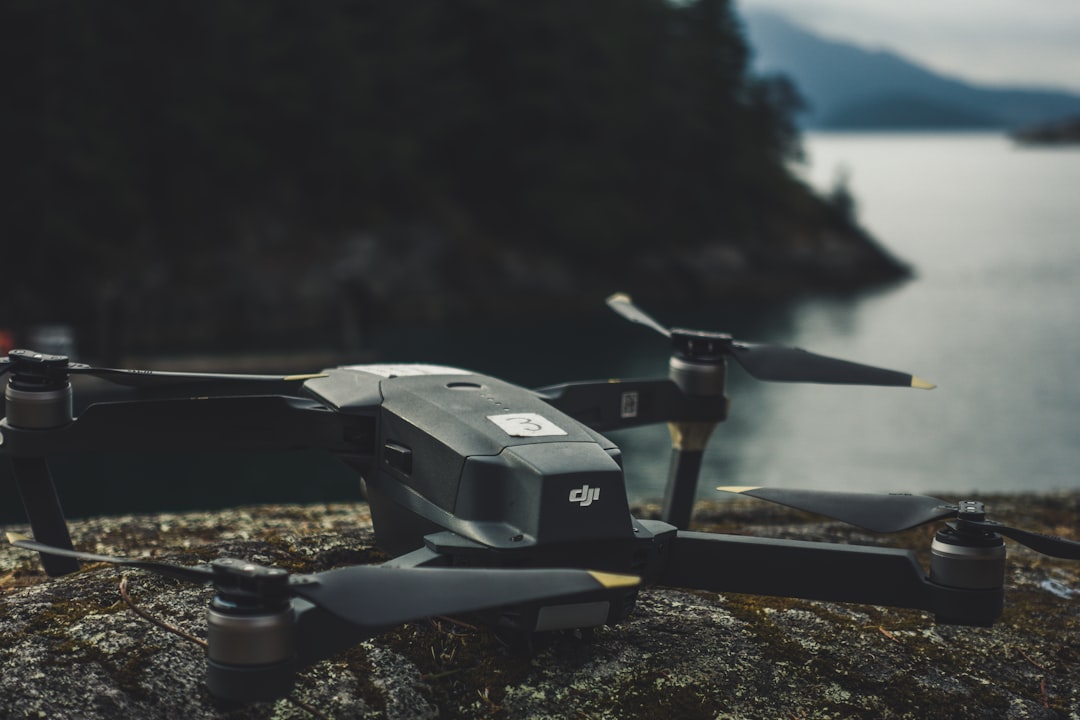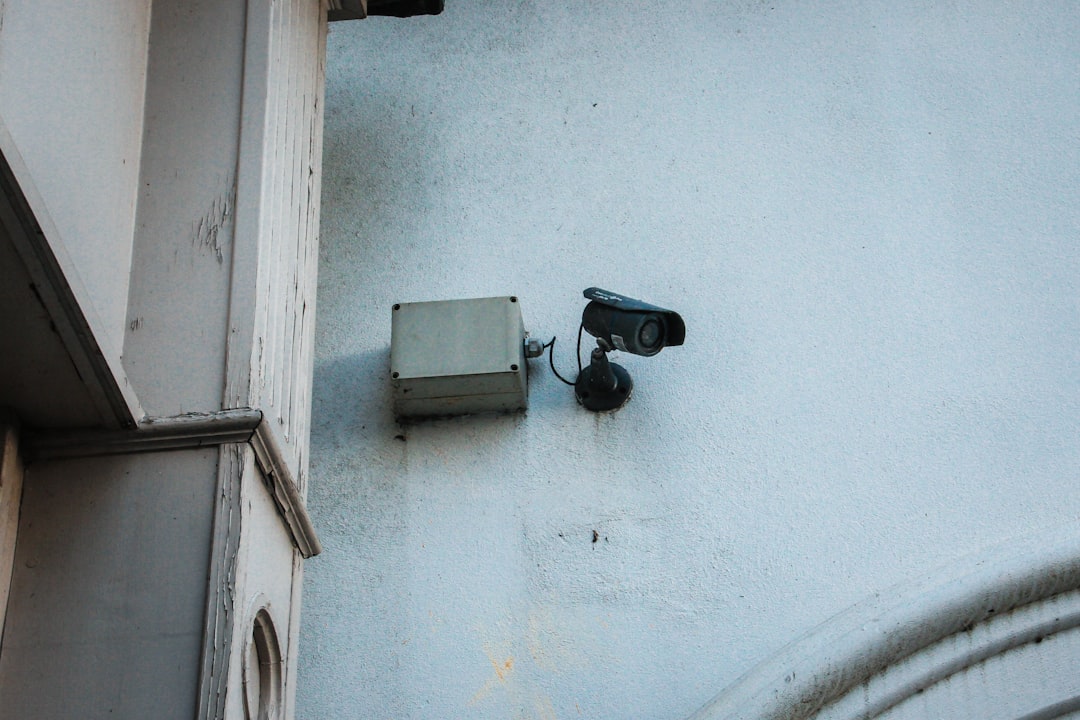The Sky's Deadliest Illusion: The High-Tech Fix That Could End a Pilot's Worst Nightmare Forever

The Invisible Enemy in the Cockpit
Imagine hurtling through a thick bank of clouds at 500 miles per hour, completely blind to the outside world. Your inner ear tells you you're banking left, but your instruments say you're flying straight and level. Who do you trust? This terrifying sensory conflict is no Hollywood invention; it's a real and present danger known as pilot disorientation, and it has been a silent killer in aviation for decades.
Spatial disorientation is a deadly illusion where a pilot's brain is tricked by a lack of visual cues, leading them to lose all sense of their position, altitude, or direction. It can happen to the most seasoned veterans, turning a routine flight into a potential catastrophe in a matter of seconds. For years, the only defense has been grueling training and a pilot's iron-willed discipline to trust their instruments over their own powerful, and dangerously wrong, instincts. But that's all about to change.
A Technological Revolution Is Here
A new wave of groundbreaking technology is on the horizon, promising to banish this invisible enemy from the cockpit for good. Researchers and aviation engineers are developing revolutionary systems designed to give pilots a clear, undeniable sense of reality, even when flying blind. This isn't just a slightly better GPS; it's a fundamental shift in how pilots interact with their aircraft.
Think of it as a digital lifeline. These emerging systems use a fusion of advanced sensors, gyroscopes, and AI to create an unwavering picture of the plane's orientation. This information can then be displayed in incredibly intuitive ways:
- Augmented Reality Windshields: Imagine a virtual "highway in the sky" projected directly onto the cockpit's windscreen, showing the pilot the correct flight path in a simple, visual format that their brain can't misinterpret.
- Haptic Feedback Controls: Some systems provide physical cues. If the plane begins to roll dangerously, the control stick might gently vibrate or nudge the pilot's hand, providing an immediate, instinctual correction that bypasses the confused senses.
- 3D Auditory Cues: Advanced audio systems can create a 3D soundscape in the pilot's headset, with sounds that help them "feel" where the horizon is, providing another layer of sensory data to combat confusion.
Safer Skies for Everyone
This technology is poised to dramatically reduce, and perhaps one day eliminate, accidents caused by human sensory error. By providing a failsafe against disorientation, these systems will not only save lives but also reduce the immense cognitive load on pilots, allowing them to focus on other critical aspects of flying.
The implications are staggering. For passengers, it means the promise of even safer air travel. For pilots, it's a powerful new ally in the constant battle against the elements. The sky's deadliest illusion is finally meeting its match, heralding a new era of confidence and safety in aviation.


